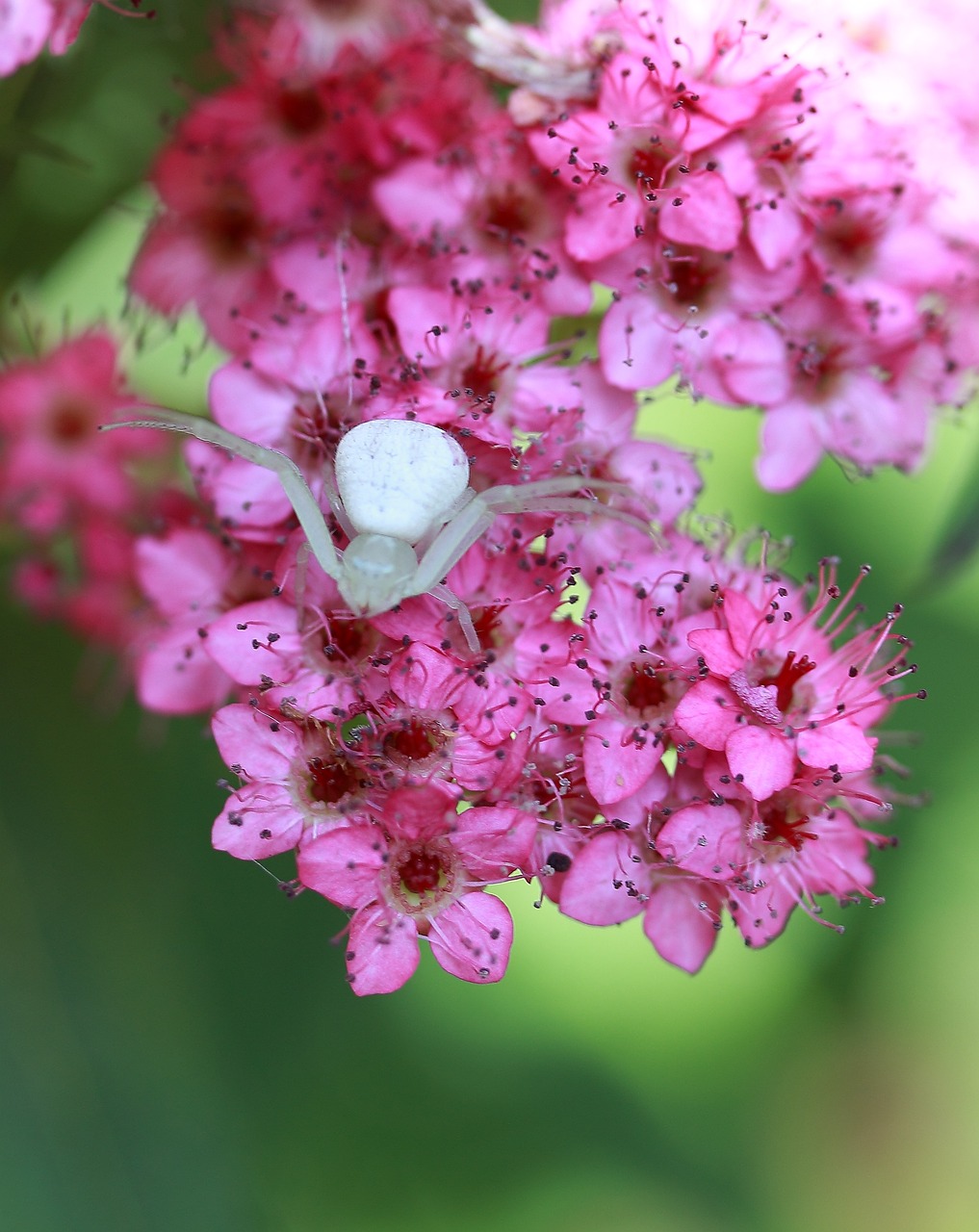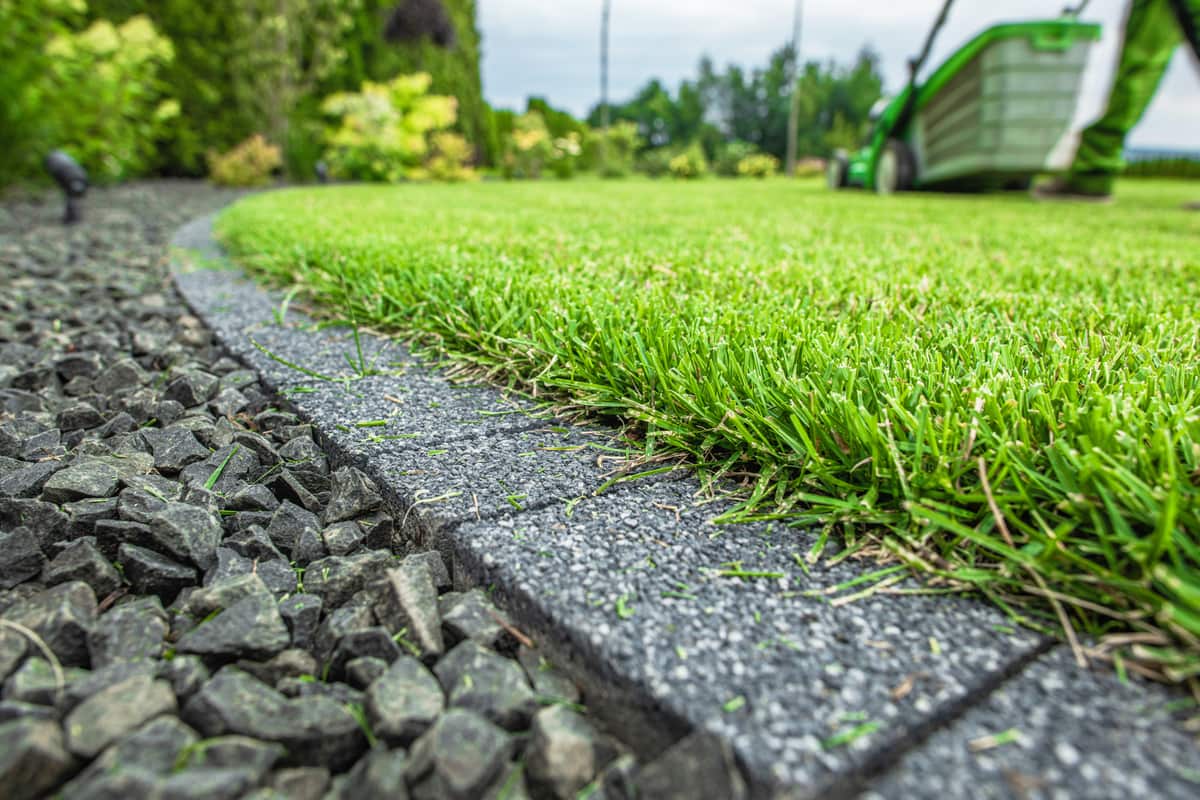Everything You Need to Know About Spirea Shrubs for Your Landscape
Hi, this is Mr. Lee! If you’re looking for a versatile, low-maintenance plant that adds color and charm to your yard, spirea shrubs might be just what you need. Known for their vibrant blooms and adaptability, spireas are a favorite among homeowners and landscapers alike. Here’s what makes them a great choice for your outdoor space:
Why Choose Spirea Shrubs?
- Stunning Blooms: Spirea shrubs produce clusters of flowers in various shades, from white and pink to deep red, depending on the variety.
- Seasonal Appeal: Many varieties offer not only beautiful blooms but also colorful foliage in the fall, adding interest to your garden throughout the year.
- Adaptability: These hardy shrubs thrive in a wide range of soil types and sunlight conditions, making them suitable for almost any yard.
- Low Maintenance: Spireas are easy to care for, requiring minimal pruning and upkeep while still looking their best.
Key Features of Spirea Shrubs
- Varieties to Suit Your Style:
- Spring-Blooming Varieties: Examples include Bridal Wreath and Snowmound spirea, known for their cascading white flowers.
- Summer-Blooming Varieties: Goldflame, Anthony Waterer, and Neon Flash spirea bring vibrant colors during the warmer months.
- Compact Options: Dwarf varieties like Magic Carpet spirea are perfect for small spaces or as border plants.
- Size and Growth Habits:
- Typically, spireas range from 2 to 8 feet tall, depending on the variety.
- They grow in a mound-like shape, making them ideal for hedges, foundation plantings, or standalone accents.
- Hardiness:
- Spirea shrubs are hardy in USDA zones 3–9, meaning they can withstand cold winters and hot summers with ease.
- Care Needs:
- Sunlight: Most varieties thrive in full sun but can tolerate partial shade.
- Soil: They prefer well-draining soil but are adaptable to a variety of soil types.
- Watering: Once established, spireas are drought-tolerant but benefit from regular watering during dry periods.
- Pruning: Prune after flowering to encourage new growth and maintain shape.
How to Incorporate Spirea into Your Landscape
- Hedges and Borders: Use spireas to create natural borders or hedges for privacy or to define spaces.
- Foundation Plantings: Their mounding growth habit makes them a great choice for planting near your home or other structures.
- Mixed Beds: Combine spirea shrubs with perennials or other shrubs for a layered and colorful look.
- Accent Plants: Use compact varieties to highlight pathways, garden beds, or water features.
Why We Love Spirea Shrubs
Spirea shrubs bring so much to the table—vibrant flowers, easy care, and versatility in design. Whether you’re refreshing your garden or creating a new landscape, spirea shrubs offer a reliable and beautiful solution.
If you’re ready to add spirea to your yard, contact Lee’s General Landscaping today, and let’s talk about how we can incorporate them into your landscape!

| Attribute | Description for Spirea Shrubs |
|---|---|
| Size | Ranges from 2 to 8 feet in height and width, depending on variety. |
| Insects & Pests | Generally resistant but may attract aphids and spider mites occasionally. |
| Bloom Time | Blooms from late spring to early summer, with some reblooming in fall. |
| Maintenance | Minimal maintenance, light pruning needed after flowering. |
| Root Growth | Fibrous root system supports soil stability and moisture retention. |
| Seasonality | Deciduous, shedding leaves in fall and re-leafing in spring. |
| Watering Needs | Moderately drought-tolerant once established; regular watering during dry spells. |
| Sunlight Requirements | Thrives in full sun; tolerates partial shade but best blooms in full sun. |
| Soil Compatibility | Adapts to sandy, loamy, and clay soils, as long as well-drained. |
| Growth Rate | Moderate to fast growth rate, suitable for quick fills in gardens. |
| Hardiness Zone | Thrives in USDA Hardiness Zones 3–9. |
| Color & Aesthetics | Blooms in white, pink, and red, providing vibrant seasonal color. |
| Wildlife Attraction | Attracts pollinators like bees and butterflies. |
| Allergy Concerns | Generally low in pollen; suitable for allergy-sensitive individuals. |
| Edibility/Toxicity | Non-toxic and safe for pets and humans. |
| Wind Tolerance | Can withstand wind; protection is advisable in exposed areas. |
| Invasive Potential | Non-invasive and easily managed within garden spaces. |
| Mulching Needs | Mulch helps retain moisture and suppress weeds. |
| Lifespan | Long-lived perennials, thriving for many years with care. |
| Fertilization | Fertilize in spring with balanced fertilizer for optimal growth. |
| Companion Planting | Pairs well with other flowering shrubs and perennials for garden diversity. |










.jpg)














